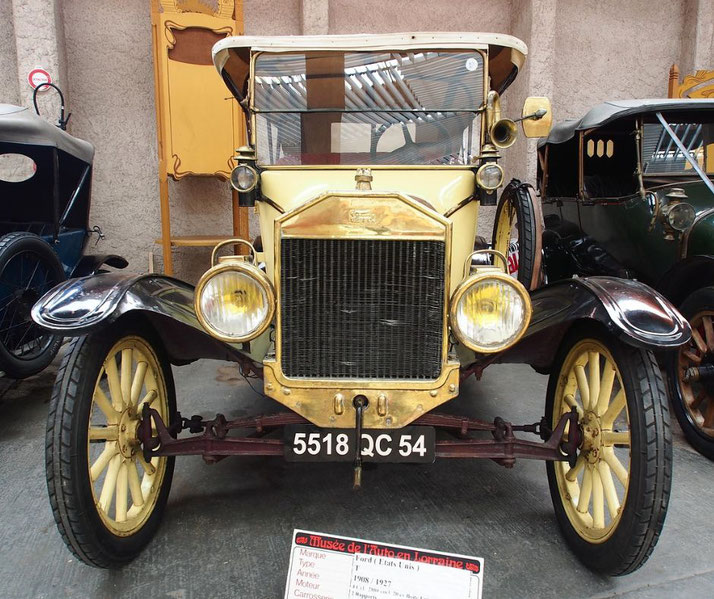The Roaring Twenties: A decade of social, economic, and political transformation

The decade of time from 1920 to 1929 is often described as a period of fun and enjoyment. After the horrors of World War One, people felt the need to celebrate and enjoy themselves.
The amount of money people had increased during this time, and they spent this money on new kinds of music, dances and even going to the cinemas.
Their cash was also spent on luxury items such as automobiles, radios and fashions, which were all made possible by the rise of mass production factories.
Since having a 'roaring good time' was such a central feature of this decade, it has become known as the ‘Roaring Twenties’.
These characteristics occurred especially in the United States, however other Western countries experienced similarities.
New consumer culture
There was an explosion in new technologies which created a range of innovative consumer goods.
During the 1920s, the factories that had supplied the war effort became the centre of mass production, where telephones, household appliances and cars were made at a rapid pace.
In America, national industrial output doubled between 1921 and 1929.
Most people attribute the success of mass production to the business owner, Henry Ford.
In 1913, Ford built an assembly line to create the 'Model T' automobile. Using assembly lines made production much cheaper and increased production and sales.
Many other factories copied this model and increased their own production numbers as well as their profits.
As a result, advertising also became important, as every company tried to convince people to buy their new goods.
However, producing lots of products isn't going to help if people don't have the money to buy them.
A system of purchase where people could pay off the product while using it became popular.
This 'hire purchase' scheme enabled people to purchase new goods, even if they did not have the full amount of money upfront.
As more people bought new products, additional jobs were created in the factories.
These new employees had increased money, as a result, which meant that they spent more as well.
For example, by the end of the twenties, one in five Americans owned a car.

Social change
The increased money and freedom of the 1920s encouraged people, particularly young people, to challenge traditional expectations.
A new musical movement known as jazz, which had become popular in African American communities, became widely sought-after.
Following new music, new dance styles, such as the Charleston, also became hugely popular.
However, the music and dance culture also fueled a growth in alcohol consumption.
What made this particularly problematic is that the United States prohibited the sale and production of alcohol in 1920.
Regardless, a lot of Americans ignored the law and drank alcohol in illegal bars called ‘speakeasies’.
These bars were often owned and funded by gangsters, who became wealthy and powerful as a result of the demand for illegal alcohol sales.
The most famous gangster of this era was called Al Capone.
Women experienced more freedom during this era than they had before. In the United States, women earned the right to vote in 1920 through the ratification of the 19th Amendment to the U.S. Constitution.
A particular kind of young lady who embodied the new freedom women had was called a ‘flapper'. A 'flapper' typically wore short dresses, smoked cigarettes, drank alcohol and danced in bars with men.
While many people celebrated their new freedoms, many traditionally minded people were worried that it was going too far.
As a result, there was a rise in popularity of more conservative political parties, as they promised to try and control the new social changes to keep the rest of society 'safe'.

Social unrest
Despite the image of this time as one of parties and wealth, there were some negative events during the Roaring Twenties, particularly in the United States.
Farmers and rural communities usually didn't receive increased income or new technologies.
Many young men that had only ever been soldiers during the First World War, struggled to find jobs as civilians.
Many were scarred emotionally and physically from their time at war, and used alcohol as a coping mechanism.
Low-paid laborers, who were able to get jobs, often went on strike to increase their wages.
Also, frustration among some social groups saw a rise in violence against African Americans and migrants as people looked for scapegoats.
One racist group, known as the Ku Klux Klan, saw an increase in members during this decade.
By 1925, it had five million people involved. This fueled lynchings and other violent crimes against black Americans.
Further reading
What do you need help with?
Download ready-to-use digital learning resources
Copyright © History Skills 2014-2025.
Contact via email
With the exception of links to external sites, some historical sources and extracts from specific publications, all content on this website is copyrighted by History Skills. This content may not be copied, republished or redistributed without written permission from the website creator. Please use the Contact page to obtain relevant permission.





